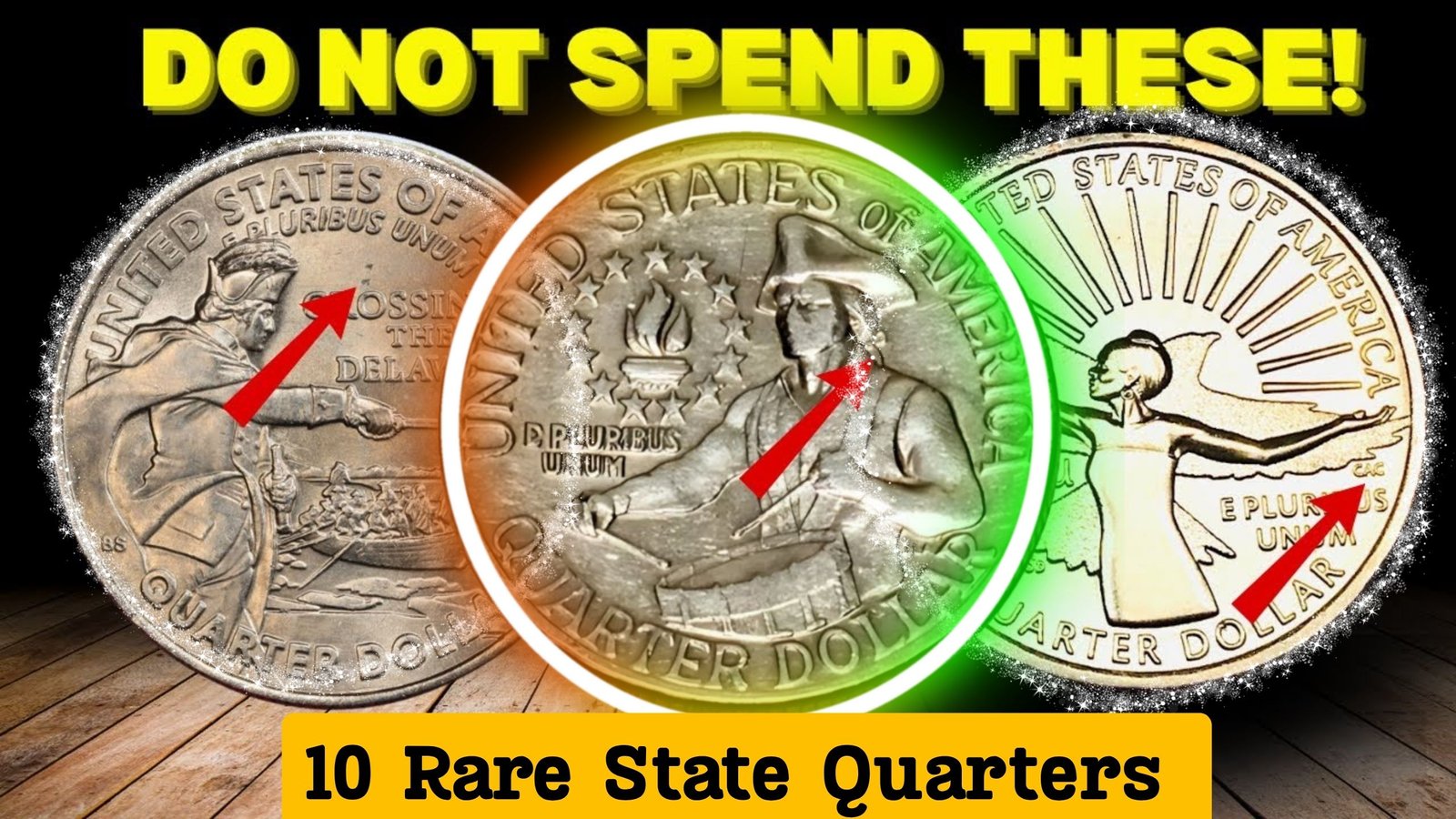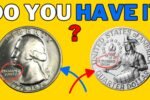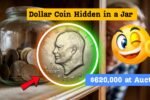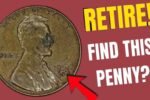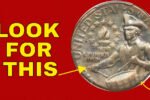10 Rare State Quarters : The 50 State Quarters Program turned coin collecting into a national pastime, but what many people don’t know is that some of these quarters are now worth far more than 25 cents. In fact, a few rare state quarters still in circulation today could be worth hundreds or even thousands of dollars if you know what to look for.
The History Behind the State Quarters Program
Launched by the U.S. Mint in 1999 and completed in 2008, the 50 State Quarters Program was designed to honor each U.S. state with a unique reverse coin design. Released in the order states joined the Union, these coins quickly became popular collectibles. Over 34 billion state quarters were produced, making them one of the most collected coin series in history.
Why Some State Quarters Are Worth More Than Others
Not all state quarters are created equal. Some were struck with errors, low mintages, or special finishes that make them more desirable to collectors. Coins with visible flaws like double dies, missing elements, or wrong planchet strikes can dramatically increase in value. Others are valuable simply because they were part of limited or experimental minting runs.
The Wisconsin Extra Leaf Error: A Modern Coin Legend
Among the most famous of the rare state quarters is the 2004 Wisconsin quarter, which features an extra leaf on the corn husk — either pointing up or down. These variations, caused by a die flaw, have fetched over $1,000 in uncirculated condition. Because many were released into circulation before the error was discovered, they’re still out there.
Where to Look for Rare State Quarters
Although many people think rare coins are hidden away in collections, the truth is they often show up in pocket change, coin jars, vending machines, and bank rolls. Because these quarters were widely distributed, many valuable ones have simply gone unnoticed. Knowing what to look for is your key to finding them.
How to Identify Rare Errors and Mint Marks
To find valuable state quarters, examine them closely for mint marks (P for Philadelphia, D for Denver, S for San Francisco), misprints, die cracks, and doubling of letters or numbers. San Francisco Mint quarters, especially proofs and silver issues, are rarely seen in circulation but are highly valuable if found. Coins with sharp details, luster, and no wear are also worth more.
Why Condition and Grading Are So Important
Even a rare state quarter will lose value if it’s worn or damaged. That’s why condition plays a huge role in pricing. Coins are graded on a 70-point scale, and those rated MS65 or higher (Mint State) are worth significantly more. Getting your coin graded and certified by a professional service like PCGS or NGC can validate its authenticity and boost its market value.
Are You Sitting on a Fortune Without Knowing It?
The beauty of the state quarter program is that its coins are still in circulation — and that means there’s still a chance you’re holding a hidden treasure. From overlooked error coins to low-mintage rarities, the next valuable find could be in your wallet, a tip jar, or your next cash transaction. For coin enthusiasts and casual collectors alike, it’s worth a second look.
Frequently Asked Questions (10 Rare State Quarters Hiding in Your Pocket That Could Be Worth Thousands)
Q1: What is the most valuable state quarter?
A: The 2004-D Wisconsin Extra Leaf High and Low varieties are among the most valuable, selling for up to $1,000 or more depending on condition.
Q2: How can I tell if my state quarter is rare?
A: Check for minting errors, such as extra leaves, die cracks, off-center strikes, or doubled letters. Coins with unusual features or that differ from standard designs may be valuable.
Q3: Are quarters from the San Francisco Mint rare?
A: Yes. Most S-mint quarters are proof coins and were not intended for general circulation. If you find one in circulation, it’s likely to be rare and possibly valuable.
Q4: Where can I sell a rare quarter?
A: You can sell through online marketplaces (eBay, Heritage Auctions), coin shops, or at collector shows. Graded coins fetch higher prices.
Q5: Should I get my quarter graded?
A: If it appears to have a rare error or is in near-perfect condition, grading it through PCGS or NGC can significantly increase its resale value.
Final Thought
The next time you receive change, don’t just drop it into a jar and forget it. One of those shiny state quarters could be a rare collector’s item worth hundreds or even thousands of dollars. All it takes is a sharp eye, a little knowledge, and a bit of luck to turn your pocket change into a serious payday.
